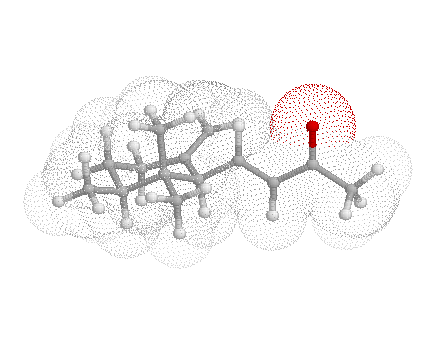 |
by UNIVERSITY of AIX-MARSEILLE III |
 |
 |
by UNIVERSITY of AIX-MARSEILLE III |
 |

This chapter is based on several
publications with several authors and especially Jaenicke. L.; Marner.
F.-J. and Kraft. P.
Iris. pallida and, less often,
I.
germanica are grown commercially in some areas of Italy, France
and Morocco for production of an essential oil used in perfumery. After
harvesting and sun-drying the roots-stocks assume a
pleasant violet-like scent which increases with time. The oil usually
obtained by steam distillation yields the different blends of "essence
d'iris" or "orris root oil" which are
rather precious ingredients of scents, perfumes and other cosmetics.(examples
of commercial perfumes with Iris and orris heart notes )
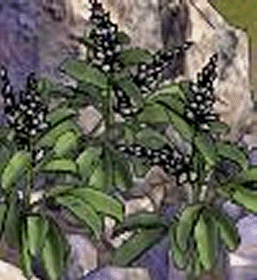 |
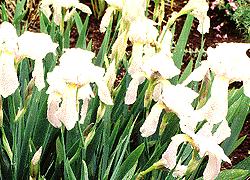 |
|
|
|
|
The odoriferous principle was first isolated by Tiemann and Krüger in1893 and name "irone". On the assumption that the fragrance of the sweet violet (about hundred years ago, violet flower oil was one of the most valuable perfumery materials) was due to the same natural product, Tiemann and Krüger [1] used the similary smelling but much cheaper orris root oil (Irsi pallida Lam., fam. Iridaceae) in their search for the odorous principle of violets.
In a fascinating and - considering the unsophisticated state of the art at the time - brillant investigation they concluded from various reactions and by comparison with a-ionone (1a), synthesized for the first time during this study, that the structure of irone was (1b).

The correct constitution of the irones was established only 54 years later [2] and the stereochemistry was elucidated as late as 1971 [3]. In terms of odor, cis-a-irone and cis-g-irone with their intense and very fine orris character are the most important irones isomer of orris root oil. However, in 1972 an in-depth analysis of violet flower oil [4] showed a mixture of a- and b-ionone to be indeed responsible for the odor of violets. Although, Tiemann and Krüger had inaccurately analysed orris root oil in search of the odorous principle of violets, they had actually discovered what they were initially looking for.
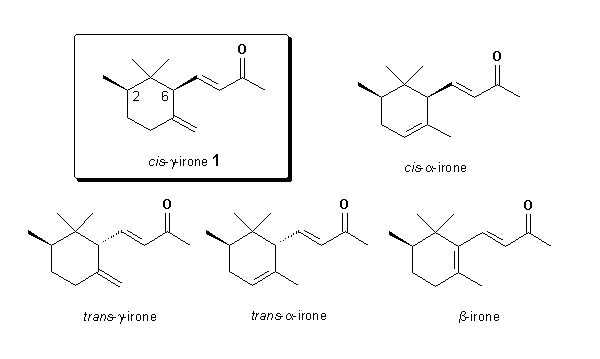
|
You would like to know more about:
|
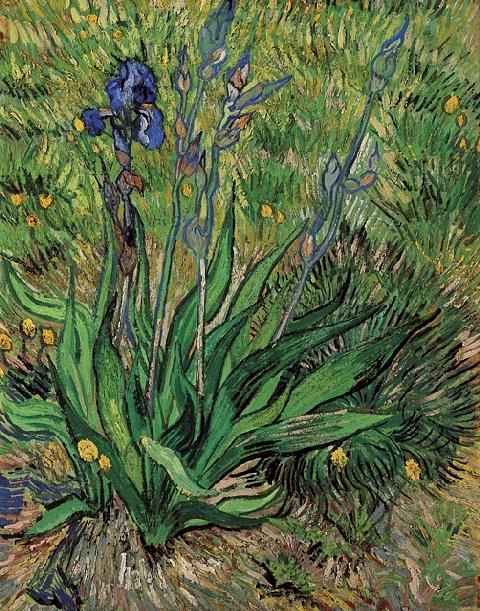 |
These pages were created by Jean-Marie GALANO a PhD student working in the laboratory of Réactivité Organique Sélective of Pr. H. Monti
![]() Back to Molecule of the Month page.
Back to Molecule of the Month page.
![]()